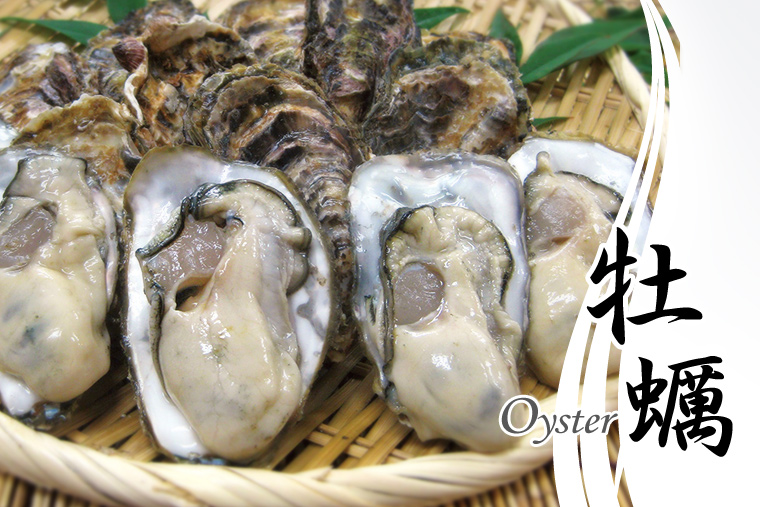
- TOKAI SEAPRO Co.,LTD
- Product information
- Oyster


Hinase in the Setouchi area – the place where excellent oysters are born
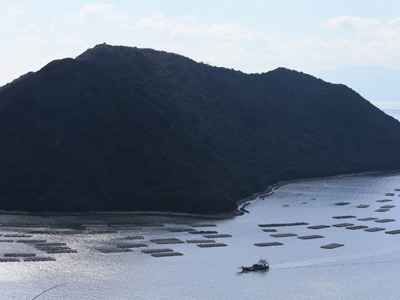
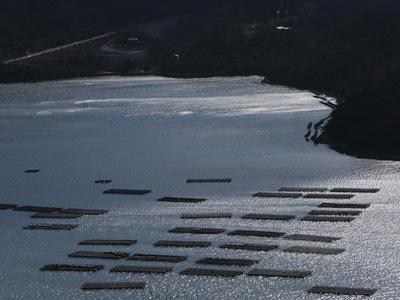
The calm sea area of Hinase in the Seto Inland Sea in Okayama Prefecture is characterized by accumulated rich minerals carried from Chigusa River along which there are broad-leaf tree forests on the upstream.
This fishing ground is valuable because it has right conditions to continuously foster large and sweet oysters. Local people’s efforts and attitude toward preserving the environment of the sea is also a great asset unique to the area.
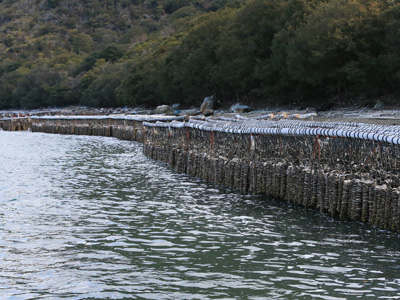
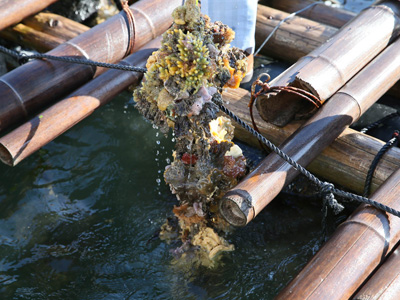
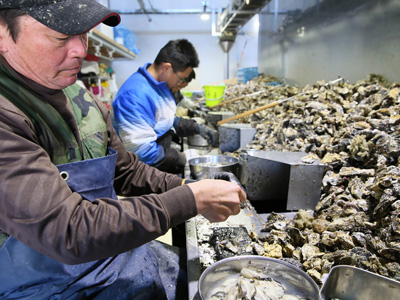
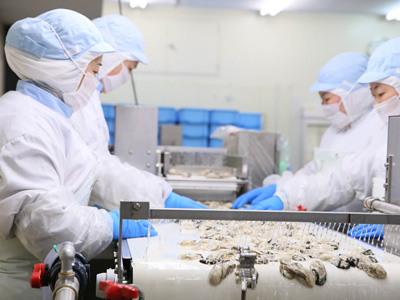
Rich minerals existing in the sea area are food for planktons, and oysters eat these rich planktons and grow big. Producers make every effort to preserve the environment of the sea through restriction of the number of oyster raft, restriction of the period of setting rafts, cleaning of the sea bottom, cultivation of eelgrass, planting, and so on.
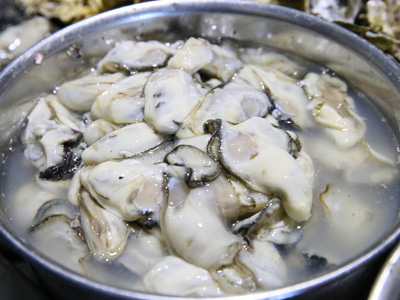
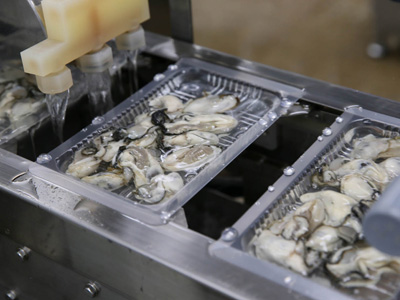
“One-year oysters” are hung on rafts in clean waters when they are babies and grow up in one year. Harvesting begins in early November every year and continues until around the end of March. Some oysters by then grow up to about 30 g. They have large meat, milky color, and some sweetness. They are chewy in texture and have almost no smell unique to oysters. Above all, the biggest characteristic is that they hardly shrink when they are heated. Oysters generally are said to contain not only protein but also a lot of minerals and glycogen. Oysters are called the “milk of the ocean,” indicating that they are one of the most nutritious foods.
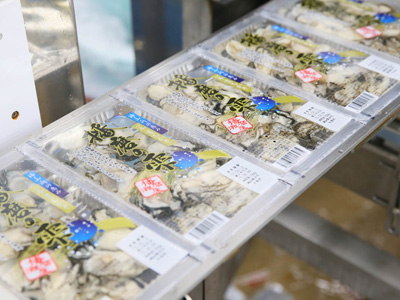
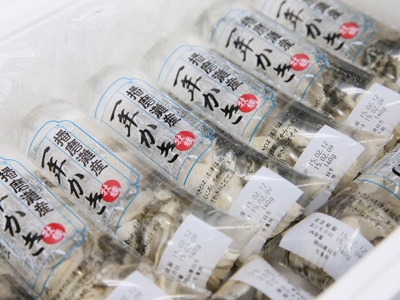
They are sold at mass retailers nationwide. Many people eat them as sugaki (oysters in vinegar), hot-pot dish or deep-fried oysters, but our recommendation is to quickly stir-fry them in a frying pan making use of their advantage of hardly shrinking.